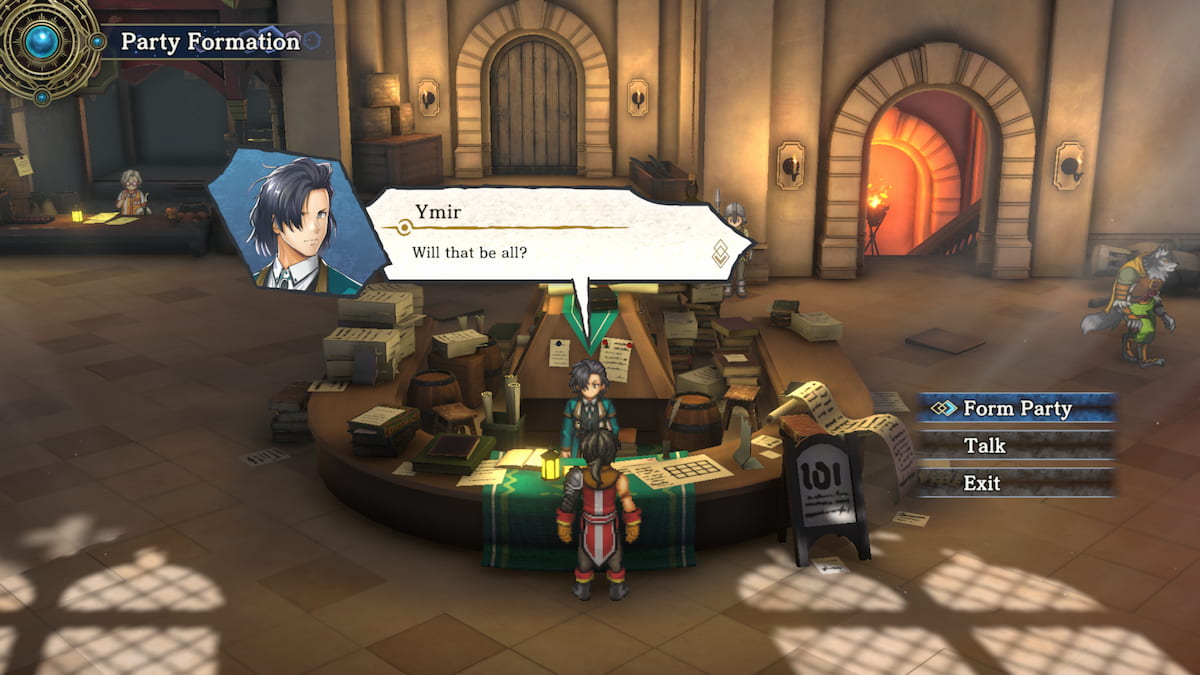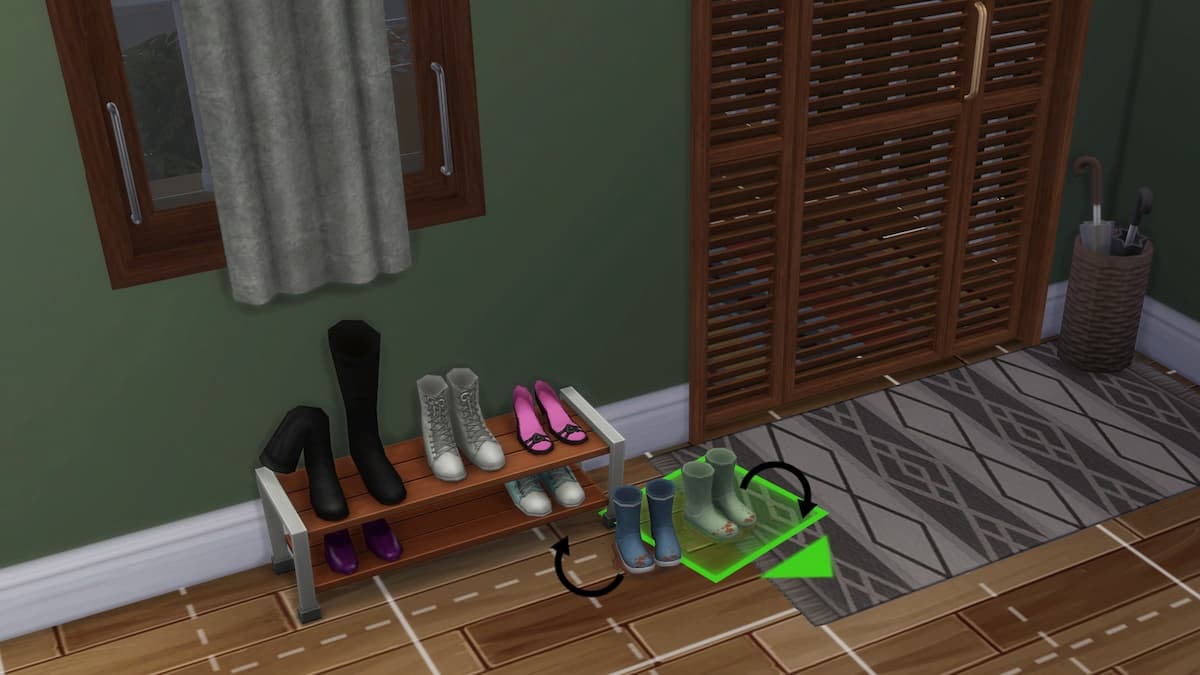So, you’ve been giving this whole writing thing a try, huh? It’s going well, you’re advancing your skills, learning a bunch, and things are all gravy.
But now it’s time to level up and take a shot at writing your own regular, scheduled column. Booyah.
Ok. How the hell does this work?
Note: While this is gaming and writing focused with GameSkinny in mind, the principals of this post apply handily to most subjects, genres, and mediums – including video and podcast content.
What is a Column?
A column, often called a periodical, is a regularly occurring piece of content and/or series of articles in a publication written by one (occasionally a duo or team) personable writer. A column has a static theme or structure, but may cover a wide range of topics. Columns will most typically satisfy the following criteria.
A column is:
- Regular and consistent with an established posting schedule.
- Personality-driven by a writer with a unique and/or appealing perspective.
- Opinionated and clearly written by a real person with real commentary.
What kinds of columns are there?
There is a whole wide world of writing out there! As long as you hit the above criteria, nearly anything can be a column. Let’s look at some gaming-related examples:
- Regular, themed reviews
- Tips/Tricks/Hacks
- Advice on certain subjects
- Critical analysis of a thematic topic
- Investigative editorials
- Op-Eds (Opinion Editorials)
- Industry gossip
- Upcoming releases
- Interviews
- Indie spotlights
- Retro gaming highlights
- Humor/satire
- News roundups
- … and so on
Columns are pretty much only limited by your imagination. Though typically written, columns can also be video or audio oriented; vodcasts and podcasts are more than welcome in the digital space. If you choose other mediums, we still strongly recommend a written element so search engines can actually find your work! (Google can’t search an audio file searched keywords…yet.) Compliment your multimedia pieces with a description of at least 150 words, if you can.
The Steps Required to Create a Great Column
Ok, so we’ve got the basics figured out – now let’s break down the individual steps required to actually start up your own column and start growing a following of loyal readers.
As a sort of “Step 0” – I’d highly, highly recommend you first start reading a few good columns to get a feel for the genre. At the bottom of this post, I’ve listed a few noteworthy columns worth checking out.
Step 1. Decide what you are going to write about.
The first thing you really need to do is figure out what the hell your column is going to be about. Take some time to think about and answer the following questions:
- What do I have to say?
- What is my area of expertise and how can I use that?
- Is there an audience?
- Is there an audience right now?
- What genre of column do I want to write? Consult that above “What kinds of columns..” list for ideas.
- How long will the column be? (I suggest limiting yourself to between 300 and 800 words unless you have a specific long-form in mind.)
- How long will the column run: indefinitely or a set period of time?
Ok, got those answered? Good. Let’s move on to…
Step 2. Decide on a regular posting schedule to stick to.
If you want any hope of building an audience, you’re going to need a predictable schedule. You want to instill this schedule in your readers’ heads: “Is it Friday? Cool, that means Jay will have a new Indie Review out!” When it comes to regular posting, the key word is regular, you should figure out (early) a good schedule for your readers, and also a convenient schedule for yourself.
Consistency is the ultimate kingmaker.
Understand your limitations and understand what your audience is going to be willing to give attention to. Can you post everyday? Maybe, but likely not. Would anyone care yet if you post every day? Could you do every week? Maybe, but even then: are you prepared for crisis weeks where your job or family or friends are more demanding than normal? What if you get writer’s block, are you prepared and experienced enough to shrug that off?
Maybe you can do every week. OR Maybe every two weeks is more your speed, or even every month. Hell – maybe you can post twice a week. Whatever you choose, make sure you are being realistic and considerate of your creative process.
Everyone who starts a new project is ambitious, but don’t let your present-day ambitions create overzealous schedules and poor time-management for your future-self. Plan practically.
Suggestions for new columns:
- Once a week. Example: every thursday.
- Once every two weeks. Example: the first and third Friday of every month.
- Once a month. Example: the first Monday of every month.
Also, remember: it is much easier to start with low volume and then ramp up over time – much easier than starting high volume and gradually lowering volume, apologizing each time you do.
Step 3. Start writing and stick to your schedule like glue.
If I see one more blog or YouTube channel or column that starts out promising “a new post every day!” only to last 3 days before breaking schedule, I swear… Once you have your post schedule, you had better stick to it like your life depends on it. This schedule is a promise to your reader and to yourself. Keep that promise.
If you can’t keep to your schedule, then admit that to yourself and quietly re-evaluate your timeline. Determine if you can reasonably have a different schedule or if you are entirely in over your head. Be honest and check yo’self.
However, try not to be overbearingly open about it if you fail to stick to your schedule. Don’t apologize in a post, don’t bemoan your situation; don’t do anything more than acknowledge your tardiness. If you want to make up for your lack of content, then create more content and keep going.
Tips to post on schedule:
- Write early and often. When you submit one post, immediately start considering the next. Immediately.
- Brainstorm *now* for the future. Plan ahead.
- Try to have a stable number of outlines ready to go for when you need them.
- Get into the habit of having a final draft ready to go the day before you plan to post, at least.
- Schedule reminder alarms on your phone leading up to your post: “Oh, it’s Tuesday! I told myself I’d write an outline by the end of the day.”
- Understand and keep tabs of your creative limits: avoid writer’s block and don’t burn yourself out.
- Develop a formula or template for your column. You will save a lot of time and brainwork if you have an established structure and format.
- Make sure you’re having fun with it. If your column starts to feel like a chore, you might want to rethink things.
Step 4. Self-promote and establish milestones.
No one can read your work if you don’t tell anyone about it. Tell your friends, get on social media, use hashtags, go to relevant forums and politely ask for feedback, go seek out your audience, and do anything else that might get more eyes on your work! If you post on GameSkinny (*cough* just saying) or another larger site, you’ll have immediate access to that entire site’s audience and, possibly, that site’s social media audience as well.
Let’s also not forget that a large part of a successful column is consistency. Never forget it. I mentioned it once already, but I must reiterate: Consistency is the ultimate kingmaker!
Set “achievements” for yourself and your consistency goals, like these:
- 4 weekly articles in a row
- 10 weekly articles total
- Interview 2 developers each month, for 3 months
- Keep to schedule for 5 months
- Finish the next 3 articles 3 days before schedule
- … and so on
Find what works for you and what motivates you, then advance your goals in increments. You got 4 in a row? Great, now extend that to 7 in a row. Got 7? Now get that number up to 14.
Bonus Points: Custom tags, images, and signatures
Columns are all about personality: it’s your voice, your opinion, your column. So, there is every reason to create your own little brand to help self-define. These aren’t necessary, but the following items add a little more flavor and texture to a column. The extras should not be a top priority, focus on the content and schedule first! But, once you’re ready, here are some suggestions.
Custom Tag: On GameSkinny, and most publishing platforms, you can enter in tags at the end of the article. These are usually for general topics so related articles can all be found in one place on a website. Conisder this: if you wanted to find more related articles about Dean Hall, the creator of Day Z, you need only search for the “Dean Hall” tag on GameSkinny, and all the articles tagged with “Dean Hall” pop up. You can do the same with your own new tag.
Example: if you have a column about suggested Dominion game card lists, maybe you make up the tag “DominionDecks” – then readers can easily find all your column articles under that tag.
Custom Images: Take a crack at photoshopping some text onto images for your header image. Or, if you’re feeling more creative, draw or create images from scratch. Having a unified theme or style for even just header images can make your column stand out and feel more unique. Instead of just grabbing a relevant image, try spicing it up and injecting a little personality into your visuals.
Example: If you were to have that DominionDecks column, you could have an image of the decklist and photoshop a title on for each particular column entry. The title “DominionDecks: Capitalism Deck” might be overlayed on an image with a decklist built around a capitalism theme.
Signature Intro and/or Sign-Off: Having a signature introdution or sign off is another great and simple way to make your column feel unique and different. A familiar call-sign can make you stand out and make each post feel more like one part of a full coherent set.
Example: The Vlogbrothers, Hank and John Green, have a regular vlog series that ping-pongs back and forth, like a conversation; each video post from Hank is addressed to John, and vice versa. The signature intro is some variation of “Good morning, John,” and the sign-off is always something along the lines of “John, I’ll see you on Tuesday.”
Constantly improve and adopt good writing practices.
Most of this post covers the self-management and idea-oriented parts of having a column, but let’s not forget that the writing also needs to be as flawless as possible.
Let’s just rattle down a list of some good habits and best practices to get the hang of, this should be all pretty self-explanatory:
- Always proofread.
- Ask for help and advice if you need it.
- Observe the golden rule of internet writing: write something you’d share even if you didn’t write it.
- Be concise, direct, and say exactly what you need to say.
- Write with a heartbeat and a backbone.
- Pay attention to your word count – consider what you’re writing and how much attention your readers will give that sort of content. 300-800 words is usually plenty for a column.
- Vary your writing with lists, bullets, headings, subheadings, pull quotes, images, and so on, to break up walls of text.
- Fact check and double check everything. (Pop quiz: Bioware or BioWare? Pac-man, Pac-Man, or Pac Man?)
- Don’t shoot from the hip: thoroughly research and analyze the topics you write about. Carefully consider and back up your opinion.
- Prioritize accuracy and specificity.
- Read up or shut up: reading other’s work is not a suggestion.
- Find new and interesting angles to draw in readers. Turn news into a flood of original content.
- Avoid conflicts of interest.
- Cite and link to your sources.
- Link to other, relevant articles on your site if appropriate. (GameSkinny built the Existing Content Finder tool just for this purpose.)
- Be original and don’t plagarize.
- Start and add to conversations: feel free to agree and disagree with other points you acknowledge, and always strive to talk about topics in a productive way.
Welp, that’s an awfully big list – but those are all things that you can always improve upon and work towards improving. Think of this section as a guideline and jumping off point. Also, as I mention in #11 though, reading is not a suggestion – so below are some columns that are worth checking out and learning from.

Worthwhile columns to check out:
By the Book: A weekly interview with famous writers about their reading habits.
The Ethicist: Once a week, the New York Times’ resident columnist addresses reader-submitted ethical dilemmas.
Modern Love: Weekly, reader-submitted, staff-curated essays about love in the modern world.
David Brooks: Every Tuesday and Friday, David Brooks writes an op-ed column about a current topic in politics, culture, and social science.
Stephen Henderson: Pulitzer Prize Winner Stephen Henderson writes a regular column about how the financial crisis is affecting Detroit on the ground.
The Media Equation: David Carr writes weekly-ish about the intersection of media and technology.
Video game columns worth checking out:
Errant Signal: Chris Franklin’s video series takes a crtical and thoughtful look at popular games and disects them.
Random Encounters: Twice a month, Jason Schreier discusses RPGs with a heavy JRPG leaning.
Wot I Think: About as close to a review without calling itself a review column, the Rock, Paper, Shotgun crew talks about ‘wot’ they think about recent releases.
Jimquisition: Irreverent and often skeptical, Jim Sterling tackles large issues in the gaming industry with equal measures of lampoon and laceration once a week.
Extra Punctuation: Once per week, Ben “Yahtzee” Croshaw writes opinion on the games industry and community.
WTF is…: TotalBiscuit provides first impressions of recent PC releases with an often cynical perspective.
Have You Played: This is a daily, bite-sized game recommendation from various writers on the Rock, Paper, Shotgun staff.





